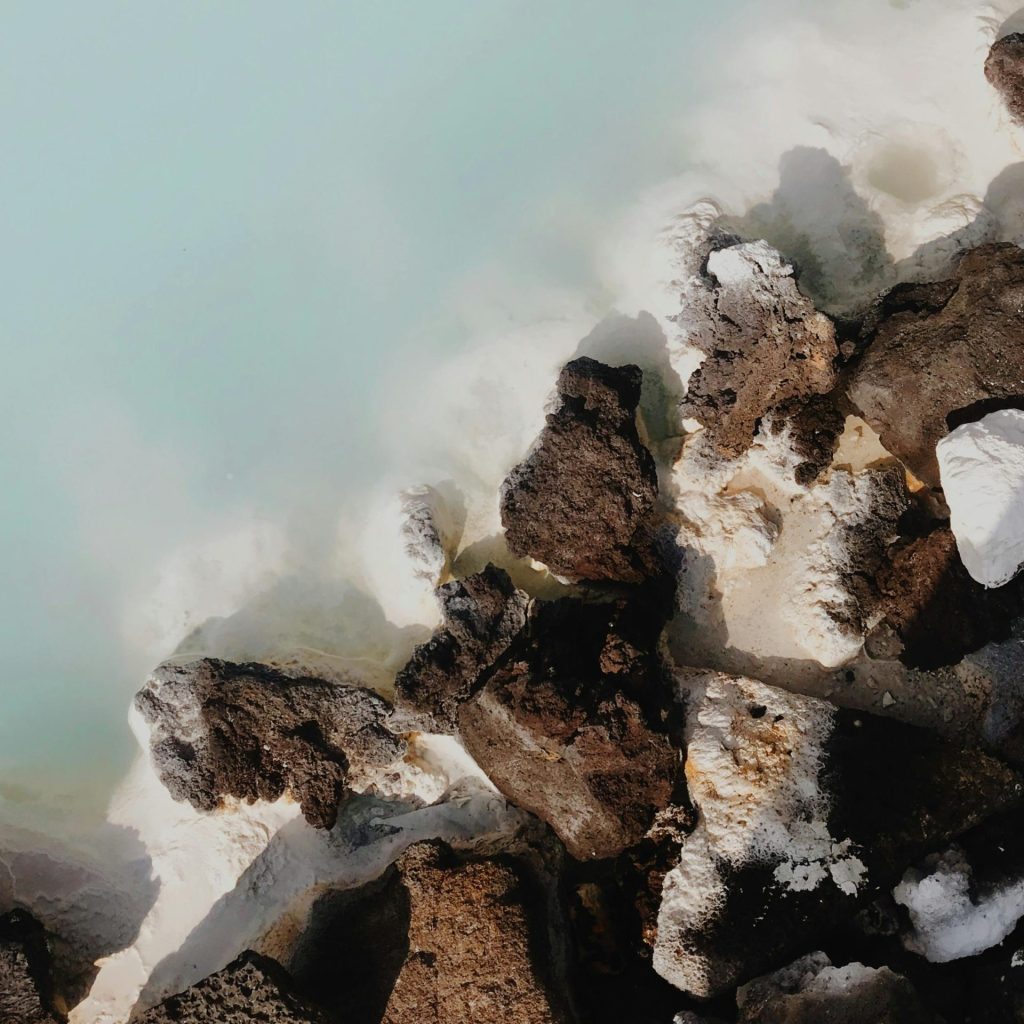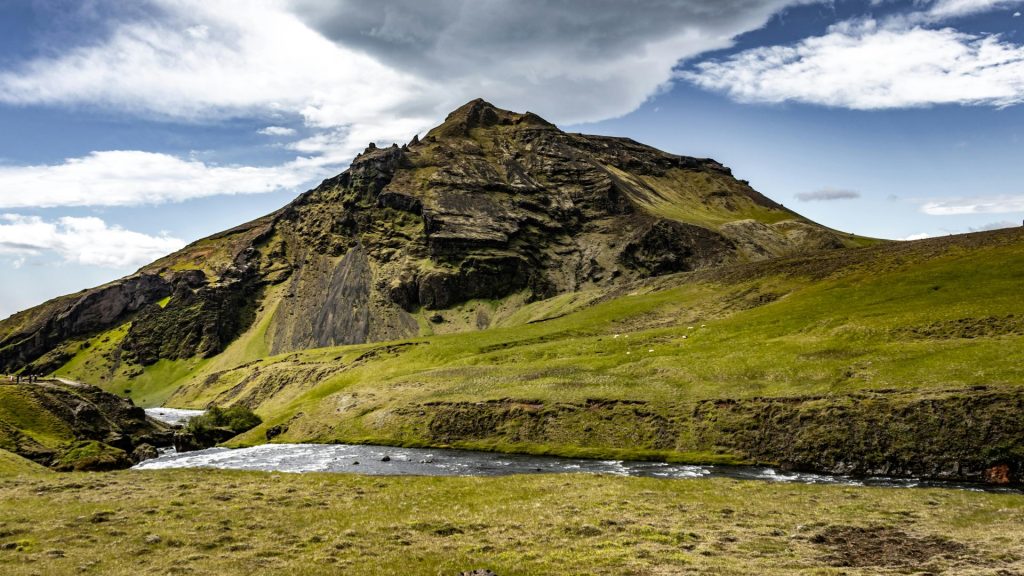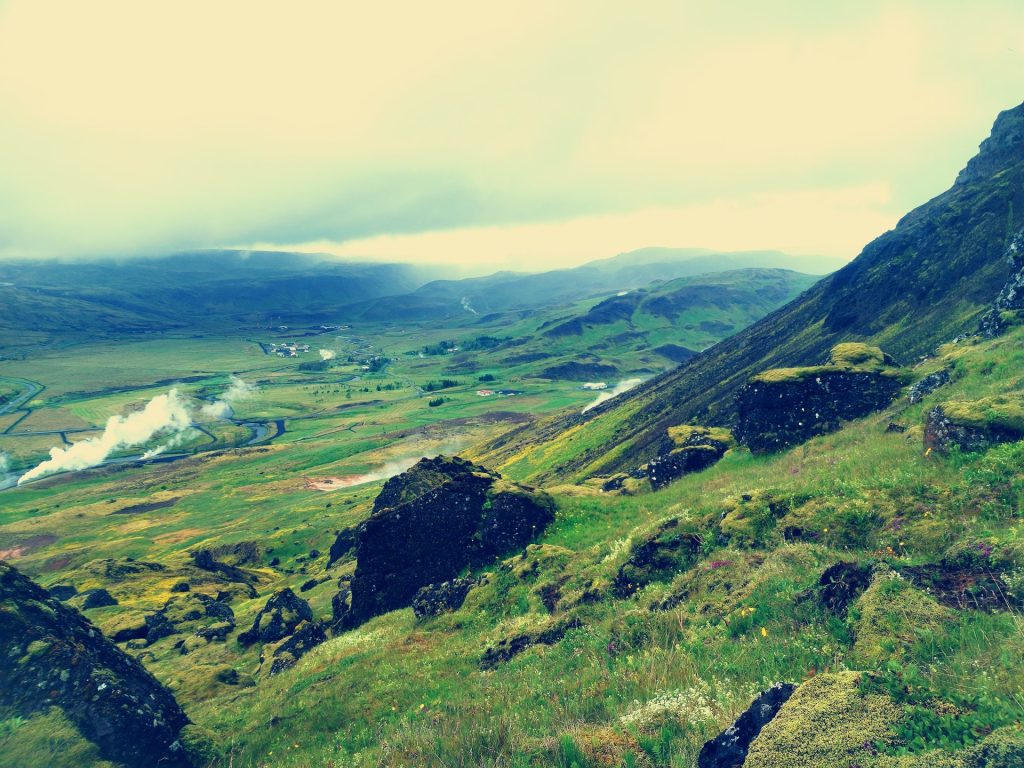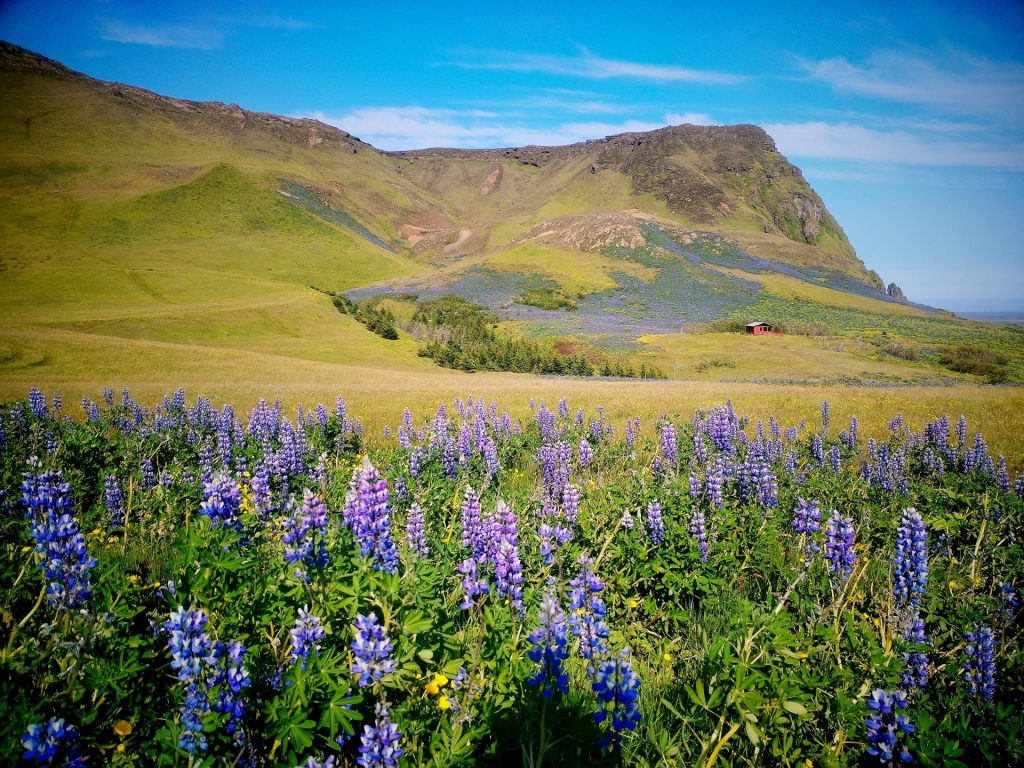Icelandic water is widely regarded as some of the purest in the world, and its exceptional quality comes directly from the island’s unique geology. Rain, snow, and glacial meltwater penetrate deep into porous volcanic rock, primarily basalt, which dominates Iceland’s bedrock. This rock acts as a natural filter, allowing water to flow through its fissures while retaining impurities, resulting in clean, crisp water with a naturally fresh taste.
The majority of Iceland’s drinking water comes from these underground sources. As rainwater seeps through basalt’s network of tiny cracks, it undergoes natural filtration without the need for heavy chemical treatment. In many regions, only minimal disinfection is required, and the water’s low mineral content gives it a smooth, soft quality, unlike harder waters found elsewhere.
Basalt influences not only taste but also the water’s chemical profile. Because the rock is low in calcium and magnesium, Icelandic water remains naturally soft, with only trace amounts of these minerals. At the same time, the water tends to be neutral to slightly alkaline in pH, enhancing its delicate, gentle character.
This remarkable combination of clean precipitation, volcanic filtration, and carefully protected water reservoirs means that Icelandic water can be drunk directly from the tap with confidence. It’s naturally pure, odor- and flavor-free, and exactly as nature intended.
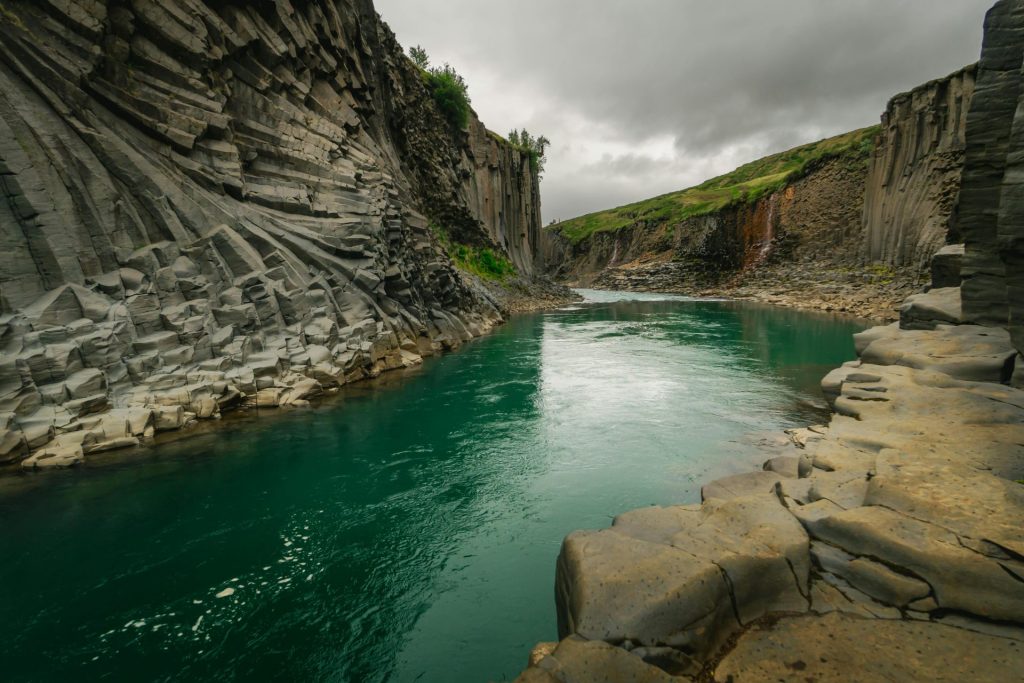
DID YOU KNOW…
- Basaltic rock acts like a sponge – holding and slowly releasing meltwater from glaciers over long periods.
- Some of the water flowing through Iceland’s underground systems may have fallen centuries ago, making its journey to your glass remarkably long.
- Iceland’s groundwater is so clean that in many places, UV treatment alone is enough, without the need for chlorine or other chemicals.
- The water’s softness – due to minimal calcium and magnesium – not only improves taste but also reduces scale buildup in plumbing.
- Natural alkalinity in Icelandic water may help neutralize acidity in the body (though it’s not a medical treatment)
- Basaltic rock can store water like a massive underground sponge, releasing glacial meltwater gradually over decades.
- In some places, underground water comes into contact with hot magma rock, creating natural geothermal sources – these waters can reach pH levels of 9–10, making them highly alkaline.
- Some lakes, such as Kleifarvatn, have no visible inlet or outlet; most of the water circulates underground through rock fissures.
- The Stuðlagil canyon features basalt columns through which a turquoise river flows – its color comes from finely suspended glacial silt
- Certain geothermal springs contain silica, sulfur, and trace minerals, creating natural glowing deposits – for example, the white silica in the Blue Lagoon.
